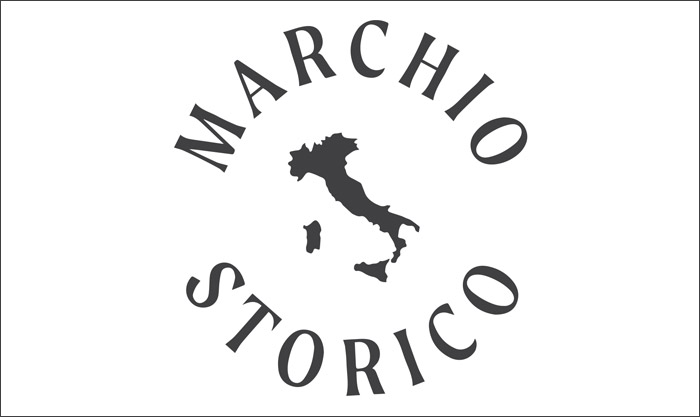Wine tasting rules
What is meant by wine tasting is the perception of the organoleptic characteristics of the wine, that is, the qualities which are perceivable through the sense organs (sight, smell and taste).
An innate sensitivity definitely helps, but a good wine taster must also possess an optimal experience and knowledge of wines.
The overall judgement of a wine is based on three tests, which must be performed rigorously in the proper order.
The quality of a wine will be determined by the levels and equilibrium achieved among all of these components.
The visual test.
This establishes qualities like colour, transparency and consistency.
For colour, consider the liveliness, the intensity and the hue. Liveliness indicates the brilliancy, intensity the depth of colour and hue, the predominant tone of colour (the terminology in this last case is specific and accurate).
A wine that is not transparent can reveal errors in production or improper conservation in the bottle.
Consistency is determined by observing how the wine runs down the sides of the glass. The denser it is, the greater the presence of alchohol and sugar.
The olfactory test.
This determines the quality of the fragrance, its intensity and persistence.
It is the most difficult judgement to make for neophytes, who are most attached to personal sensations and memories.
To easily identify a fragrance in fact, one compares it to known smells like fruit, flowers, spices, etc.
The taste test.
This determines characteristics like sweetness, bitterness, sourness, etc.
Giving rise to these sensations are elements like alcohol, sugars, acids and tannin.
Alcohol supplies heat and strength of character; sugars confer softness and variably sweet sensations (from "dry" when there are few, to "very sweet"); acids are responsible for the sourness; and finally tannins, present only in red wines, create a feeling of astringency, because of which a wine may be "rough" or "puckery" (when the excess tannin hits the taste buds and gums). 

